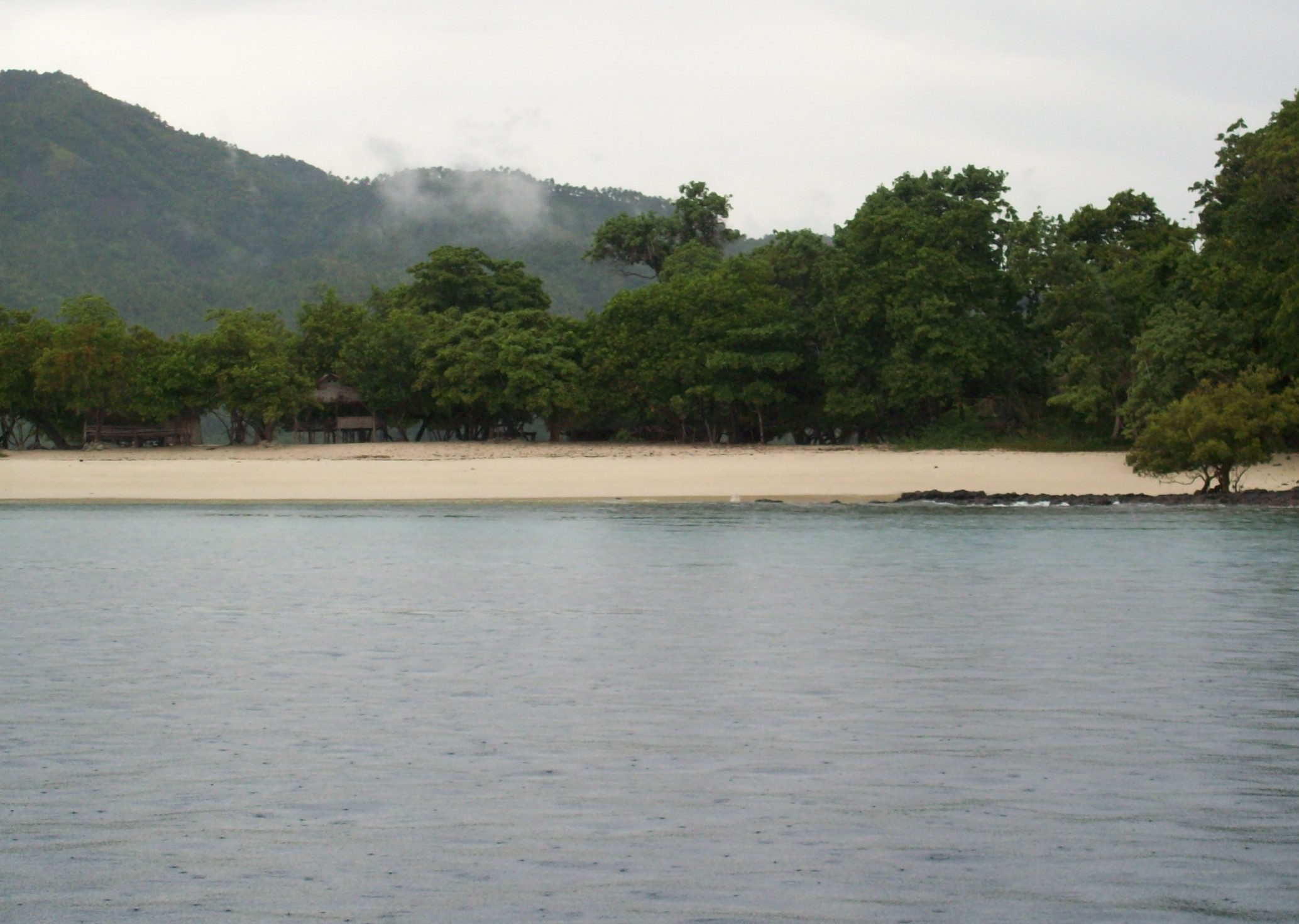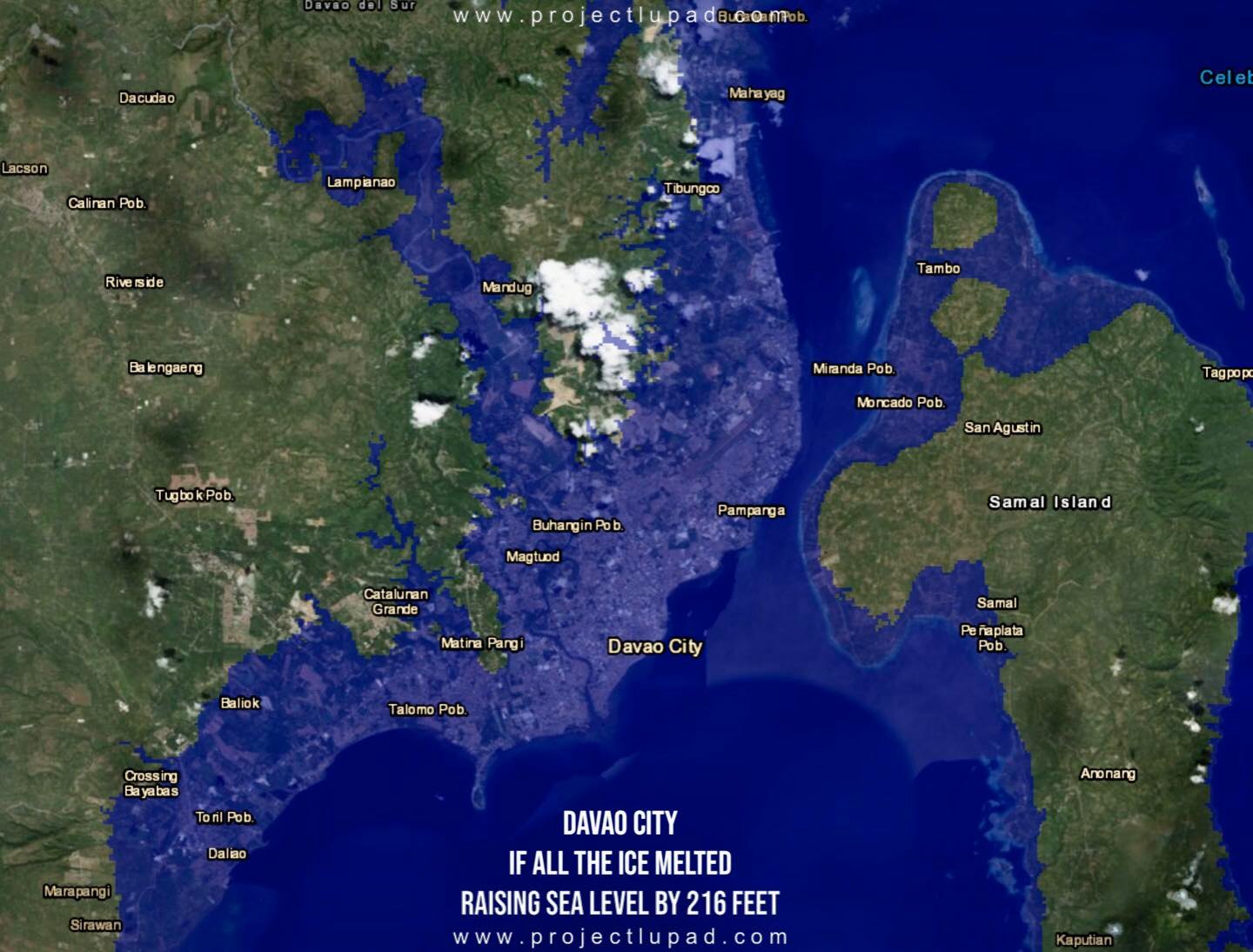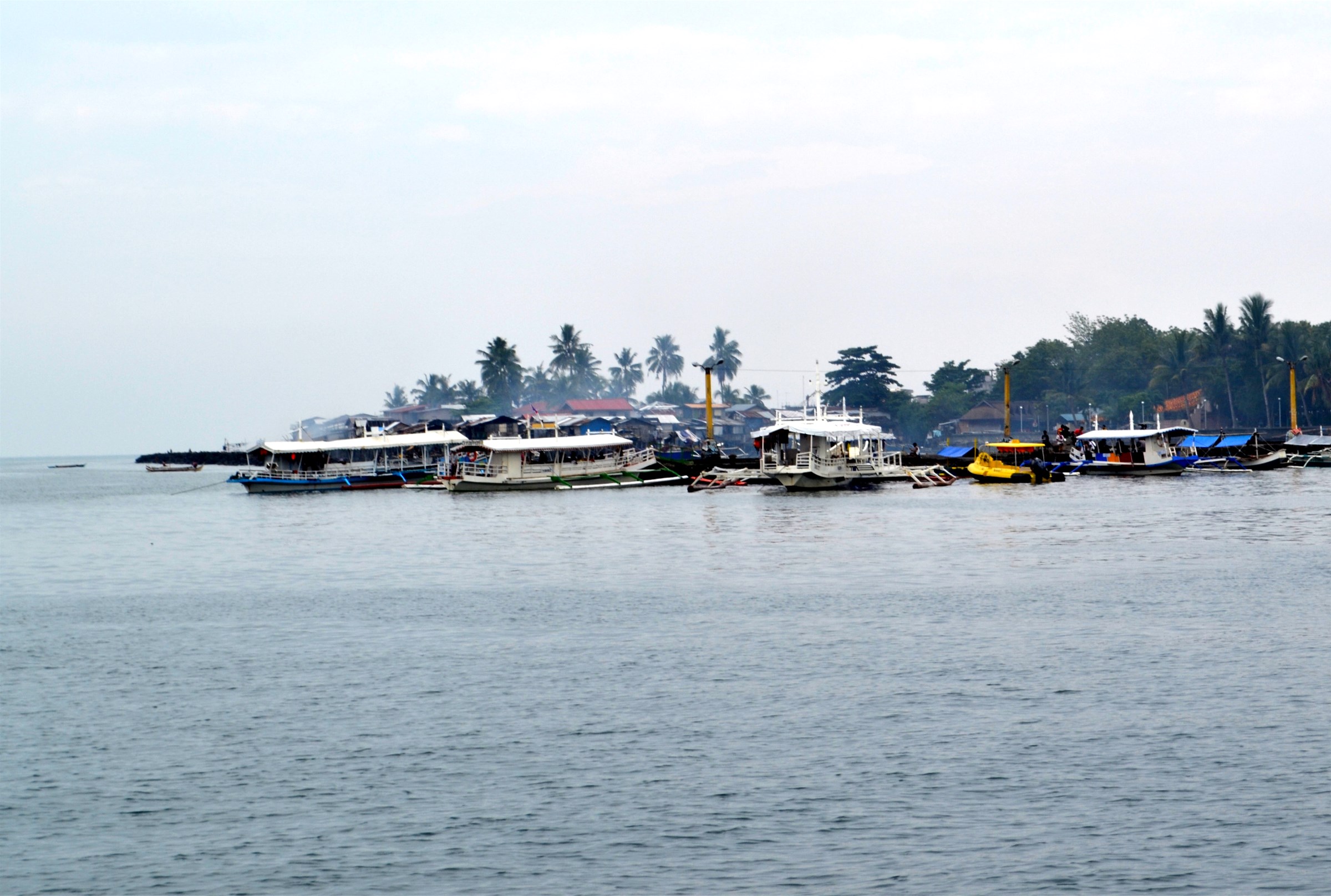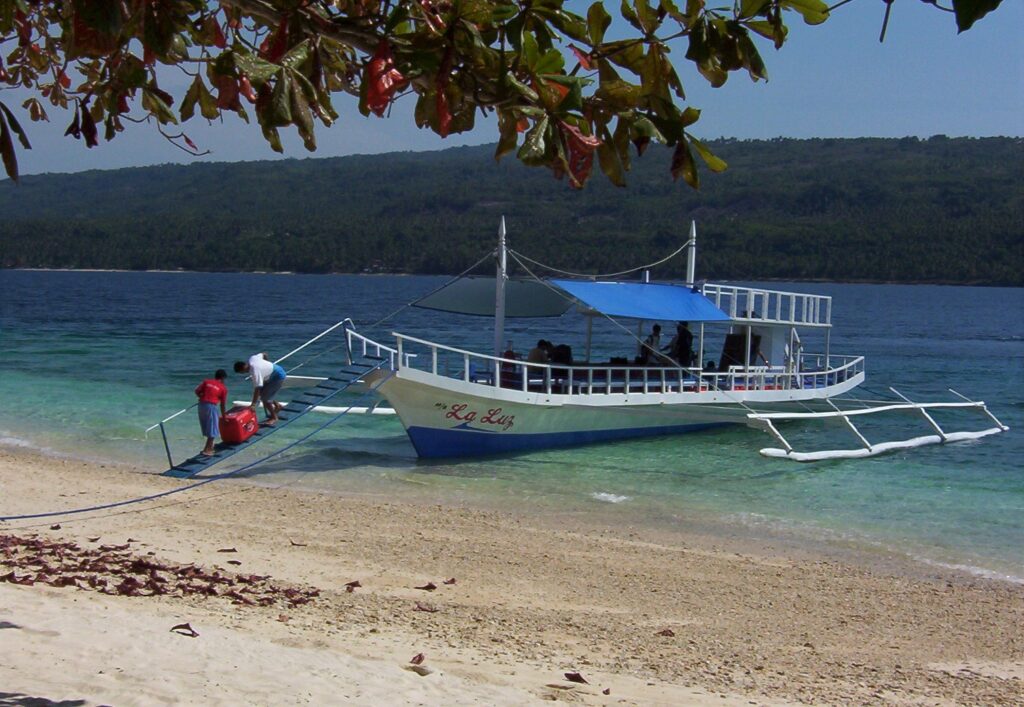Text and Photos by Henrylito D. Tacio
Additional Photo: Project LUPAD
If nothing is done soon to curb the effects of climate change, Davao City is in big trouble.
A study done by Project LUPAD (League of Unmanned Philippine Aerial Drones) showed that coastal areas and even those in higher elevations in Davao City would be underwater should the warming of the planet continue.
Based on projections, among those that will be inundated are the areas along the coast: Toril, Talomo, Boulevard, Agdao, Sasa, Lasang, and Matina. Even those in higher areas are not spared like Buhangin, Magtuod, Catalunan, Lampianao, and Mandug and those, particularly near the Davao River.
Aside from Davao City, some other portions of Davao Region will also be under water. A big part of Davao del Norte and some areas of Davao de Oro, Davao Oriental, Davao Occidental, and Davao del Sur will be deluged with water.
This will happen only if all of the world’s ice melts, which would create a water layer at 216 feet above the ground.
“If we keep burning fossil fuels indefinitely, global warming will eventually melt all the ice at the pole and on mountaintops, raising sea level by 216 feet,” said a report published by National Geographic.
The forecasts made by Project LUPAD are not surprising anymore. When he was still alive, Council Leonardo Avila III told participants of a seminar that Agdao district, Panacan, Sta. Ana wharf, part of Lanang, Bajada, and Matina areas, the whole downtown area, including the City Hall, “will be completely underwater.”
All those aforementioned areas “will virtually be part of the Davao Gulf,” Avila said. As a result, 40% of the city’s population will be forced to evacuate to higher areas. Since the downtown area is already inundated, businesses also have to be relocated to higher areas.
Already happening
Some people think this will happen in the future. Unknowingly, it is already happening. In fact, former Press Secretary Jesus G. Dureza believes that the constant flooding happening in Davao City these days is due to sea-level rise.
“My calculation is that (the sea level) has risen by one foot over a period of 20 years,” he wrote in his column, “Advocacy Mindanao.” “Hence, rain waters and floods no longer easily flow or empty out into the sea. They are clogged in the waterways and spill out into the riverbanks.”
Lorenzo Tan, executive director of the Worldwide Fund for Nature (WWF), seemed to agree. In a conference on strengthening river basin organizations in Davao City in 2015, he declared: “If you see rising sea levels, Mindanao is at ground zero.
“But let’s not talk about the ice, let’s look at Davao City and when we look at Davao City, we look at the Davao River, and at other rivers surrounding it. Has Davao City looked at the areas around it to make itself ready?” Tan was quoted as saying by Philippine Daily Inquirer.
The WWF head knew what he was talking about. Davao City was among the 12 key cities in the country that was included in the Business Risk Assessment and the Management of Climate Change Impacts study done by WWF along with the Bank of the Philippine Islands (BPI) Foundation Inc.
The impending sea level rise may create some havoc in the near future. “Davao should take a close look at the city’s shipping fleet and port facilities and take the necessary steps to ensure that they are upgraded to deal with the impacts of climate change,” Tan suggested.



According to a recent study, whose findings were published in Nature, the world’s oceans are now rising far faster than they did in the past. The current sea-level rise rate – which started in 1990 – is 2.5 times faster than it was from 1900 to 1990.
The study found that for much of the 20th century, the sea-level rise was about 30% less than earlier research had figured. “But that’s not good news because about 25 years ago, the seas started rising faster, and the acceleration in 1990 turns out to be more dramatic than previously calculated,” wrote Seth Borenstein in a dispatch for Associated Press.
“We’re seeing a significant acceleration in the past few decades,” study lead author Carling Hay, a geophysical researcher at Harvard University, was quoted as saying.
According to the report written by Borenstein, previous research showed that between 1900 and 1990, the seas rose about two-thirds of an inch a decade. The new study recalculates the 1900-1990 rate to less than half an inch a decade. Old and new research both say that since the 1990s, seas have been rising at about 30 millimeters a decade.
Troubling implications
“The implications are troubling – accelerated ocean warming, ice sheet collapse and sea level rise – all point to more and more sea level rise in the future, perhaps at a faster rate than previously thought,” noted Jonathan Overpeck, co-director of the Institute of the Environment at the University of Arizona. “This will make adaptation to climate change more difficult and costly.”
One of the consequences of sea-level rise is making groundwater become salty in taste. “Salinity intrusion into groundwater resources occurs naturally to some extent in most coastal regions via the hydraulic connection between groundwater and seawater including through canals and drainage channels,” said a World Bank report.
Health studies show salty water is bad for your health. “The most common consequence of excessive salt ingestion is hypertension,” the World Bank report said. “Along with hypertension, there is a broad range of health problems potentially link with increased salinity exposure through bathing, drinking, and cooking; these include miscarriage, skin disease, acute respiratory infection, and diarrheal disease.”
Salt intrusion is indeed bad news. In Davao City, for instance, the sources of water are in danger of becoming salty. “Davao has traditionally tapped surface water from its rivers as its main water source,” the WWF/BPI report said. “It prides itself in the relatively high quality of its drinking water. However, salt intrusion has already been reported in city districts to shore, especially in portions of the city where groundwater extraction continues. Sea level rise may aggravate this situation.”
One of the affected countries
The Philippines is among the many countries most affected by climate changes in the world. The accelerating rise of sea level is the biggest threat as the country is home to more than 7,100 islands.
According to the Philippine Atmospheric, Geophysical and Astronomical Services Administration (PAGASA), an increasing trend in the sea level in the country was observed way back in 1965.
According to research conducted by the Philippine Country Study to Address Climate Change, Manila Bay is already subjected to several hazards, including flooding and storms. “Shoreline changes due to reclamation for housing, ports, coastal roads, buildings, and other urbanized development are high, adding to an increased threat of inundation,” the study said.
It is still going on. “By the end of this century, sea levels in (Asia and the Pacific) region are expected to rise by about 125 centimeters, exceeding the global average by 10-15%,” said Getting a Grip on Climate Change in the Philippines, a World Bank report.
“Even assuming the sea level in the region rises at the global average rate of about 100 centimeters, about 14% of the Philippines’ total population and 42% of its total coastal population will be affected by intensifying storm surges resulting from more intense typhoons,” the bank report stated.
“In the Philippines, the impacts of storm surges, associated with sea level rise and more intense storms, are particularly significant in terms of the percentage of affected coastal land area, population, and gross domestic product,” the bank report added.
Findings of the study produced by the New Jersey-based science organization Climate Central said that the land currently occupied by 8.6 million Filipinos could be inundated by the end of the century as the sea levels continue to rise.
Climate change
Sea level rise is one of the certain outcomes of climate change. It was Dr. James E. Hansen of the US National Aeronautics and Space Administration who first raised the problem of climate change. In 1988, he told an American Senate hearing that the greenhouse effect “is changing our climate now.”
Andrew Griffin, in an article that appeared in the Independent, wrote: “There is a 90% chance that the world’s temperature will rise two °C to 49°C above pre-industrial levels by the end of the century, despite measures to reduce greenhouse gas emissions.”
The greenhouse effect is a natural warming process. During the Climate Change Media Workshop some years back in Davao City, Dr. Perez said that carbon dioxide and certain other gases are always present in the atmosphere. These gases create a warming effect that has some similarity to the warming inside a greenhouse, hence the name “greenhouse effect.”
Dr. Perez explained human activities that emit additional greenhouse gases to the atmosphere increase the amount of heat that gets absorbed before escaping to space, thus enhancing the greenhouse effect and amplifying the warming of the earth.
“Although the Earth’s climate has changed many times throughout its history, the rapid warming seen today cannot be explained by natural processes alone,” pointed out Dr. Perez, who has a Ph.D. in Meteorology from the University of the Philippines.
Man’s tampering with the environment has made the temperature change faster, scientists believe. “While human activities during the past century have damaged a long list of nature systems, most of these problems are local or regional in scope and can be reversed in years or decades if sufficient effort is exerted,” wrote Christopher Flavin in his book, Slowing Global Warming: A Worldwide Strategy.
“Climate change is very simple,” noted Dr. Robert Watson, who used to head the Nobel-prize-winning Intergovernmental Panel on Climate Change. “We are increasing emissions of greenhouse gases, and thus their concentrations in the atmosphere are going up. As these concentrations increase, the temperature of the earth rises.”

“Our lifestyle has led to the accumulation of greenhouse gases in the atmosphere,” notes the fact sheet circulated during the workshop mentioned earlier. “These gases trap heat from the sun, making the earth warmer. Manifestations of a warmer world include rising mean temperatures, sea level rise and increase in the frequency and intensity of extreme weather events like droughts and greater rainfall.”

